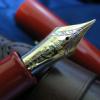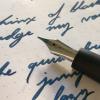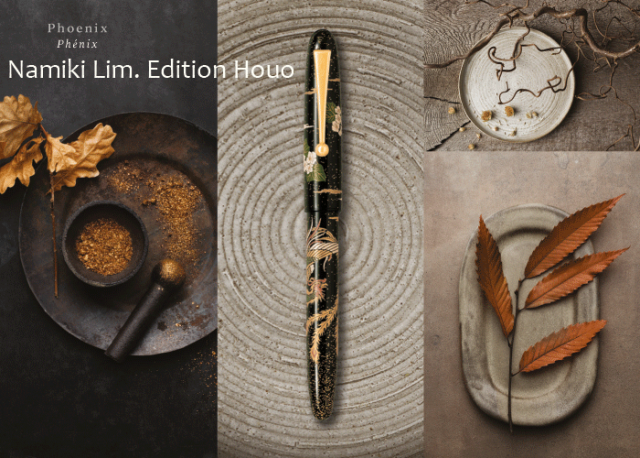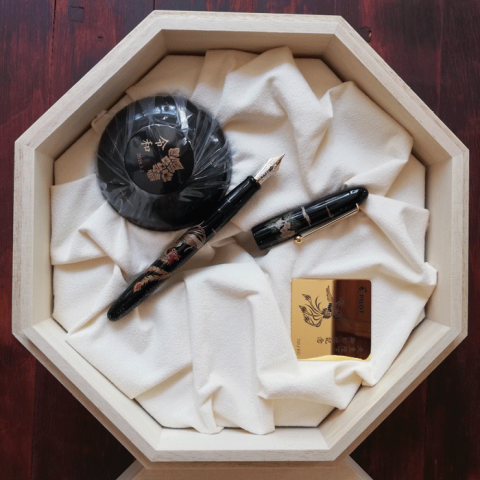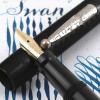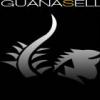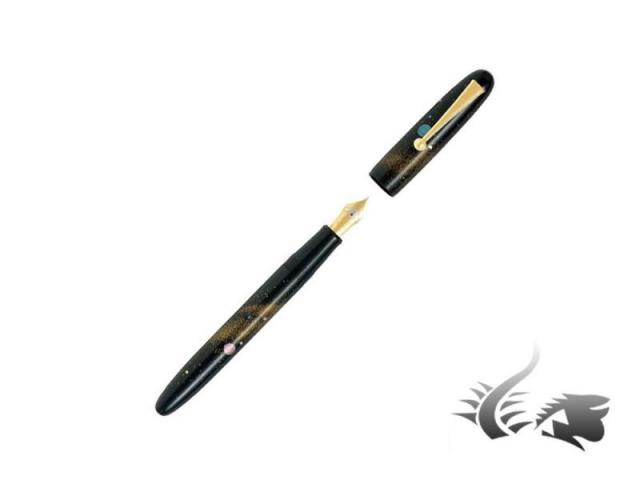Search the Community
Showing results for tags 'yukari'.
-

More info on a Pilot Two Cranes Yukari by Seiki Chida FK-20
Keyless Works posted a topic in Japan - Asia
I recently bought this pen and I would like to know more about it. I was told it was from the 90s but the date code on the nib indicates 2005.The artist is Seiki Chida and it appears to be Togidashi instead of the Togidashi-taka that Namiki tends to use on these pens today. I had thought that aroun... -
Namiki Yukari Royale versus Pilot Custom 845 http://farm8.staticflickr.com/7346/11918876405_a4b358c5a4_b.jpg Introducing the Namiki Yukari Royale in Black Urushi (top) and the Pilot Custom 845 (bottom). Both pens are resting on a Nakaya three-pen pillow in Kuro Tamenuri Urushi on top of a Midori p...
- 45 replies
-
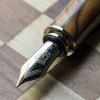
A Review Of Namiki Yukari Royale In Vermillion(Red) Urushi
sannidh posted a topic in Fountain Pen Reviews
A wait longer than words can define, an Emperor in Red singing a glistening rhapsody, and then a Yukari dazzling in Royale Red glory. The pens, an encompassment of elegance of words, combined with precision of maki-e artisans have been unsurpassed. The Yukari did anxiously waited in my hands to have... -
Hello all, hope you and yours are doing well during these odd times. I am reevaluating my ‘desirables’ list of pricier fountain pens and attempting to narrow down my choices a good deal. For example, I’ve recently removed the Montblanc l’Aubrac after finally getting a chance to try one and being d...
-
In May 2019, the Crown Prince Naruhito has acceded to the throne, and it is in his honor that Pilot Group has created this commemorative fountain pen, in high relief, made by the famous artisans of Kokkokai school. In stock! https://www.sakurafountainpengallery.com/en/boutique/detail/namiki-yukari-p...
-
Battle of the Big Reds http://farm6.staticflickr.com/5480/11931434345_5ea0b7cbff_b.jpg From top to bottom: Sailor King of Pen in Crimson Urushi, Namiki Emperor in Vermilion Urushi, Namiki Yukari Royale in Vermilion Urushi. They are resting on a Nakaya three-pen pillow in Kuro-Tamenuri Urushi. In...
- 11 replies
-
- namiki
- yukari royale
-
(and 6 more)
Tagged with:
-
Some of you may have been aware of the Namiki Yukari Grapevine I purchased from Dromgoole's at the Dallas Pen Show that turned out to have a Pilot nib. To make a long story short, Larry Dromgoole arranged for an exchange of the pen for one with a proper Namiki nib. The pen is to be a gift to a goo...
- 6 replies
-
- dromgooles
- namiki
-
(and 1 more)
Tagged with:
-
We are glad to announce two Namiki Yukari fountain pens will also launch this upcoming November 2016. Discover the new Namiki Yukari Milky Way and Namiki Yukari Shooting Stars! Namiki Yukari Milky Way This fountain pen is inspired by the mythical and mysterious Milky Way giving a touch of modern...
-
At the Dallas show, I found a Namiki Yukari Grapevine, which is a difficult design to locate. I had been searching for it because I wanted to give it to a good friend who is a winemaker. It was new, the purchase was from an authorized dealer, and the price was right. I was admiring the beautiful Mak...
-
Hello my name is jonas I live in Paris and I am looking to buy a namiki yukari or a namiki emperor in black or vermillion. The pen nib is not important. If anyone want to sell, please contact me. Thanks ! Jonas
-
So, I've been checking a lot of Raden pens recently, and found that I like the Yukari Nightline series very much due to the raden distribution and the sprinkled gold dust patterns. After much searching the net, the current version being marketed was not much to my taste due the ''black lines'' a...
-
Hello! I am searching for a second hand Namiki emperor or Yukari royale in vermillon lacquer or black lacquer. Does anyone of you have one he might want to sell? Thanks a lot. Jonas





